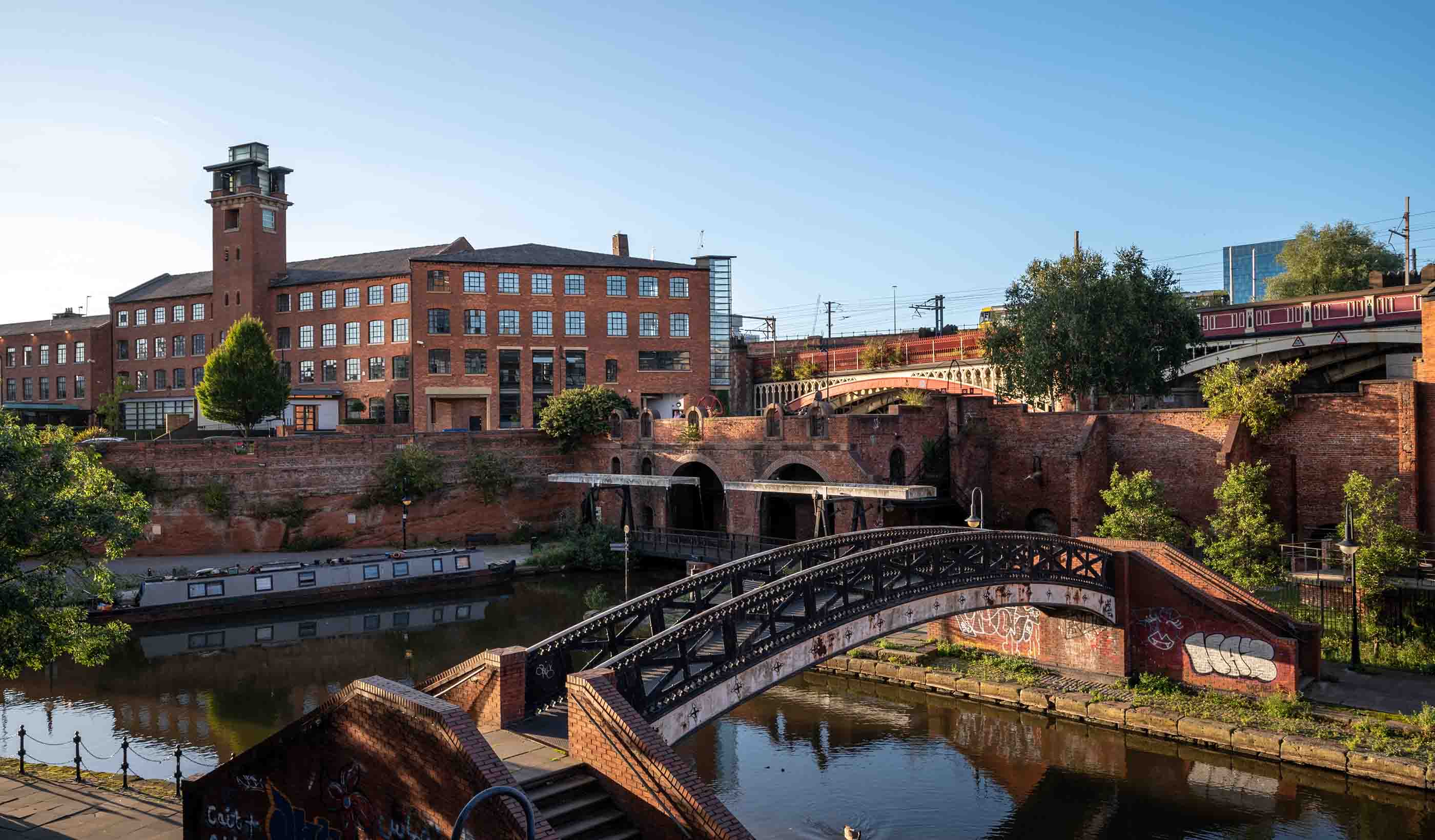6 ways we can refocus efforts to drive regeneration
June 10, 2024
June 10, 2024
How can we enhance the UK’s regeneration funding process? Here are six ideas to support meaningful urban development.
The UK has pursued a series of policy agendas to deliver meaningful urban regeneration for more than 50 years. These have tried to improve quality of life and living conditions for large segments of the population, support economic growth, and create the conditions for private sector investment in areas it would otherwise not be attracted to.
In my 30-year career, I’ve seen public regeneration funding used to advance this ambition. Unfortunately, it is apparent to me and many others, that we’ve arrived at a fractured and confused approach to public funding for regeneration projects. And it is slowing down delivery and wasting precious resources.

In the face of a growing population and a housing crisis, how can we take lessons learned and apply them to future regeneration projects?
Through a recent review our team has conducted into this funding and how it is allocated, we have identified over £78 billion since 2011 allocated by the UK Government. This works out at around £6 billion a year. This number doesn’t include funding allocated by local authorities and other public bodies or private sector investment. As such, the full extent of investment in UK regeneration is unknown. But we can agree it is now a large sector of our economy. And essential to urban development.
Two major fiscal events are drawing closer. The Autumn Statement and the 2025 Spring Budget. With these, the new government and our industry have an opportunity to refocus and reshape how we support regeneration projects.
We have ongoing discussions with representatives from the development and investment arms of regeneration. From these, we know that creating regeneration propositions and narratives is an art form. For example, crafting a compelling case that secures funding takes creativity, innovation, and time. At the same time, making them sustainable, viable, and able to deliver positive change over long periods of time is embedded in science. But securing public funding to address viability gaps, prepare sites and infrastructure as well as aid project delivery, is essential.
So how can we learn from what has gone before? How can a new government streamline and enhance the process of regeneration funding?
Following our conversations, here are six suggestions. These are for our industry, politicians, investors, local authorities, and developers to consider.

The most successful regeneration partnerships are those founded on trust and commercial reality.
Recent DLUHC proposals go part of the way to tackling some of these areas, but we need to do more. By bringing our public and private sector clients together in recent months to discuss and unpick this, it is clear the will, desire, and knowledge is inherent throughout the industry to do things better in future.
Through streamlining and bolstering the process we should get more, and better, regeneration projects. We can optimise efficiency for public resources while creating more opportunities for private investment. We must consider a more efficient process to maximise the £6 billion per year of government investment to improve places and create opportunities.